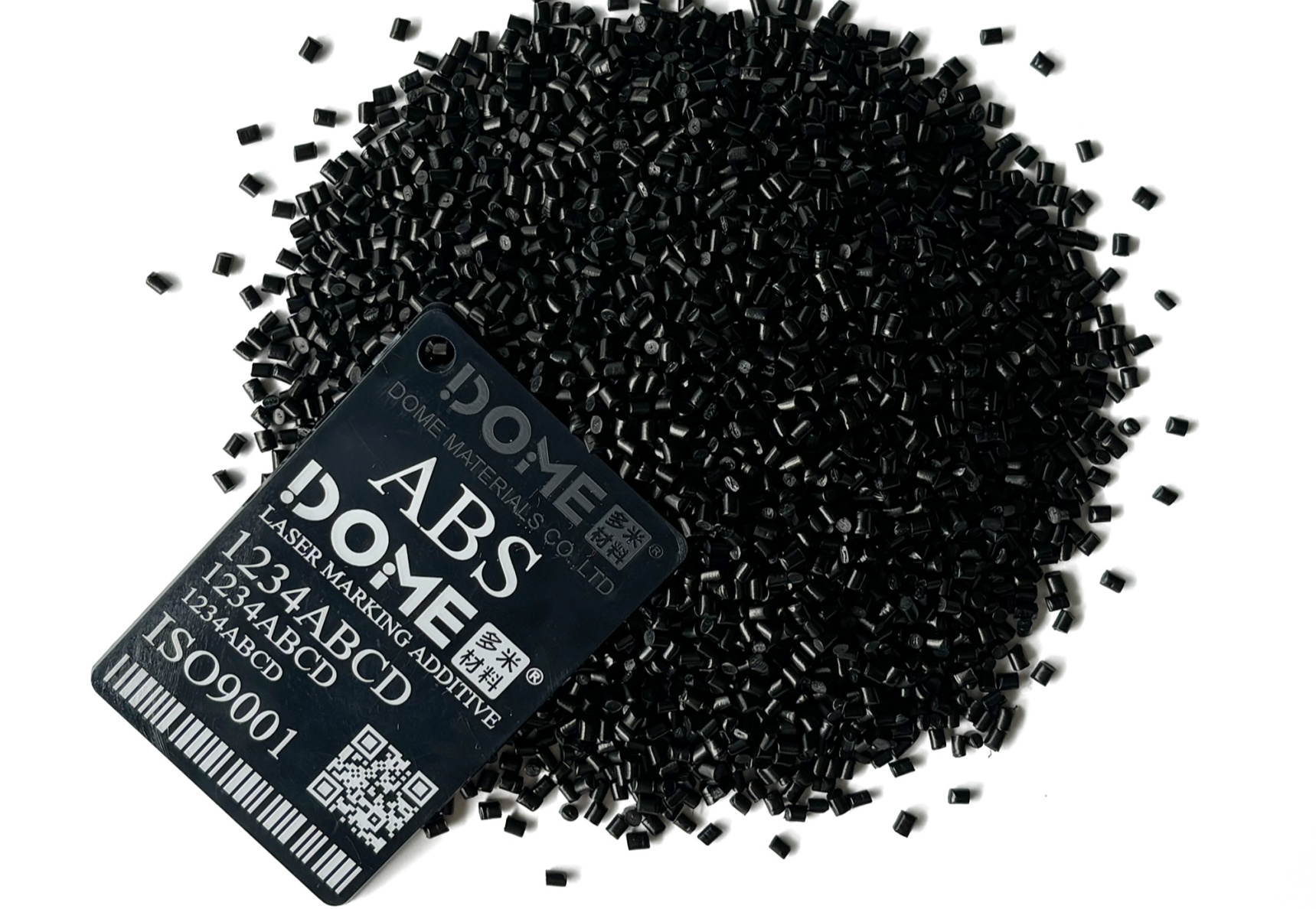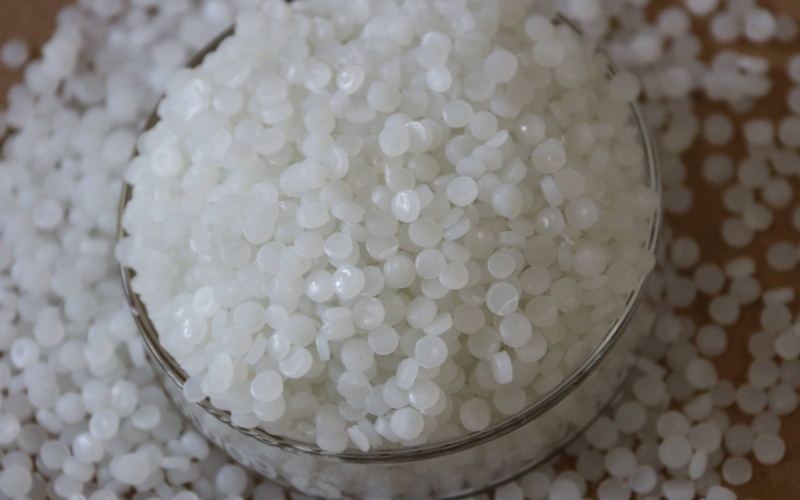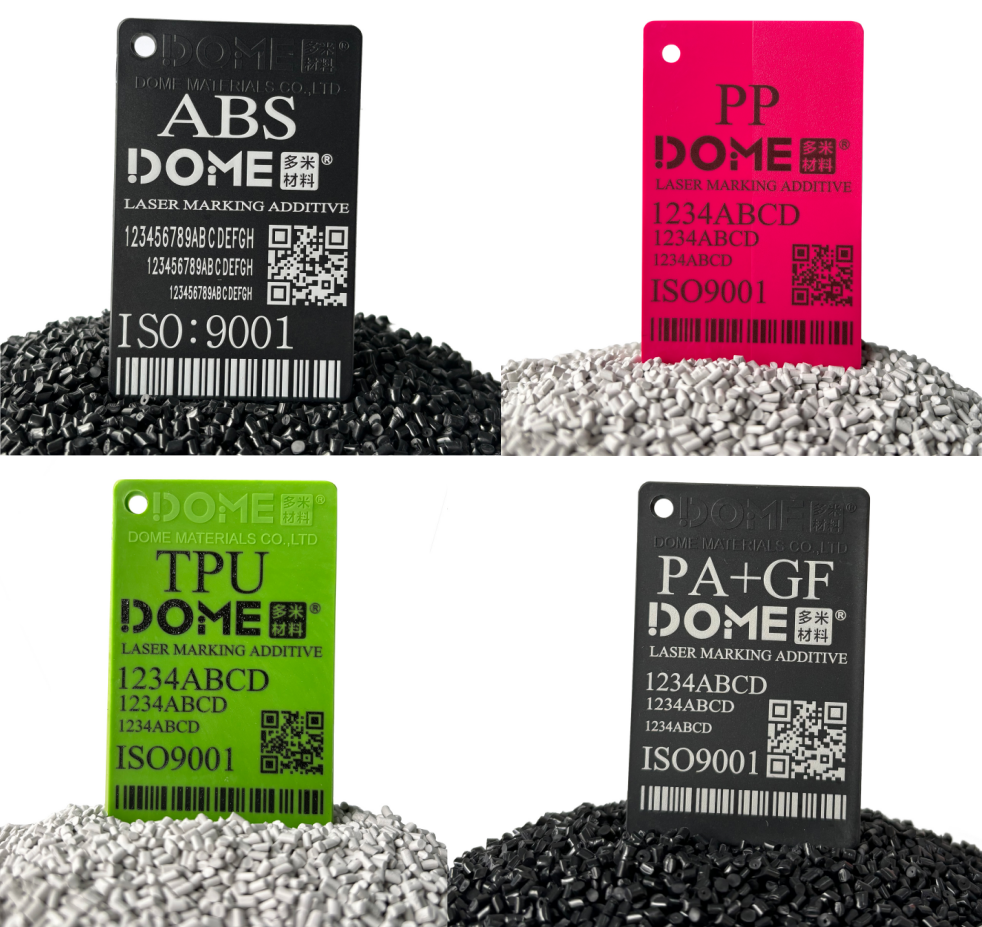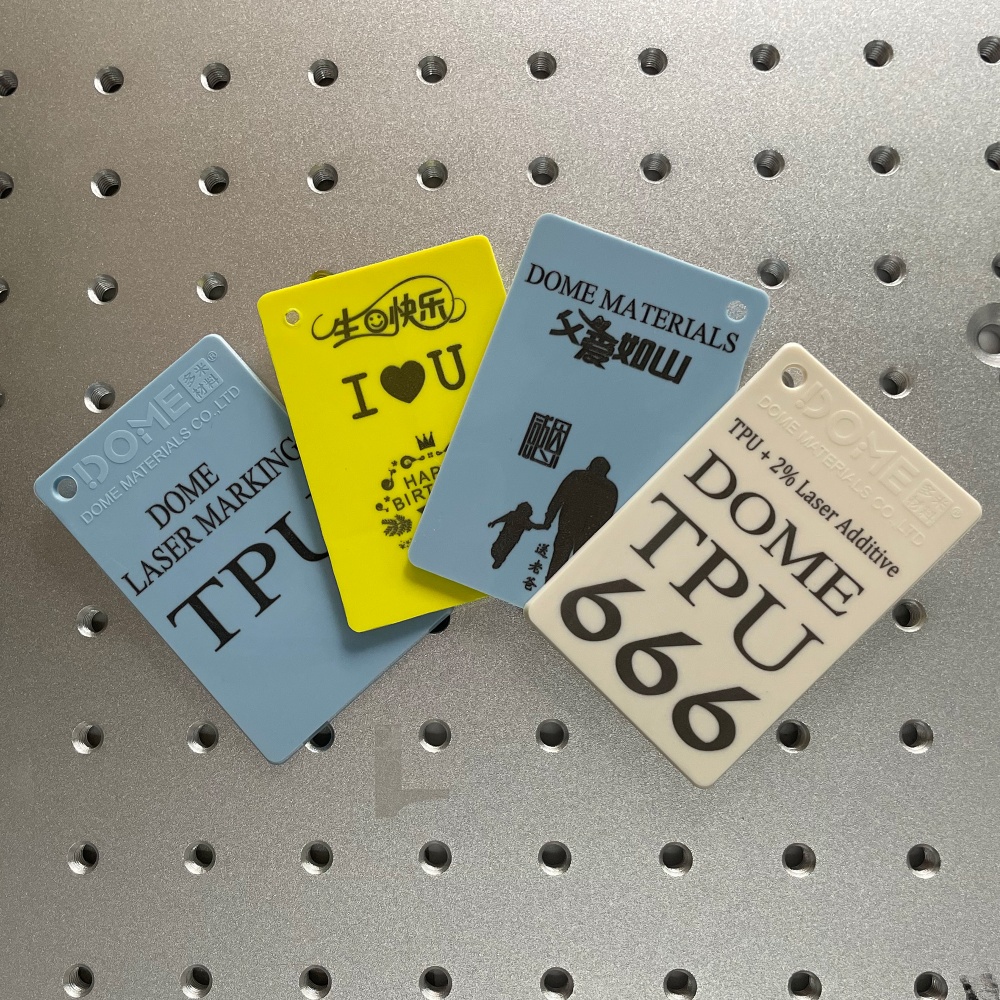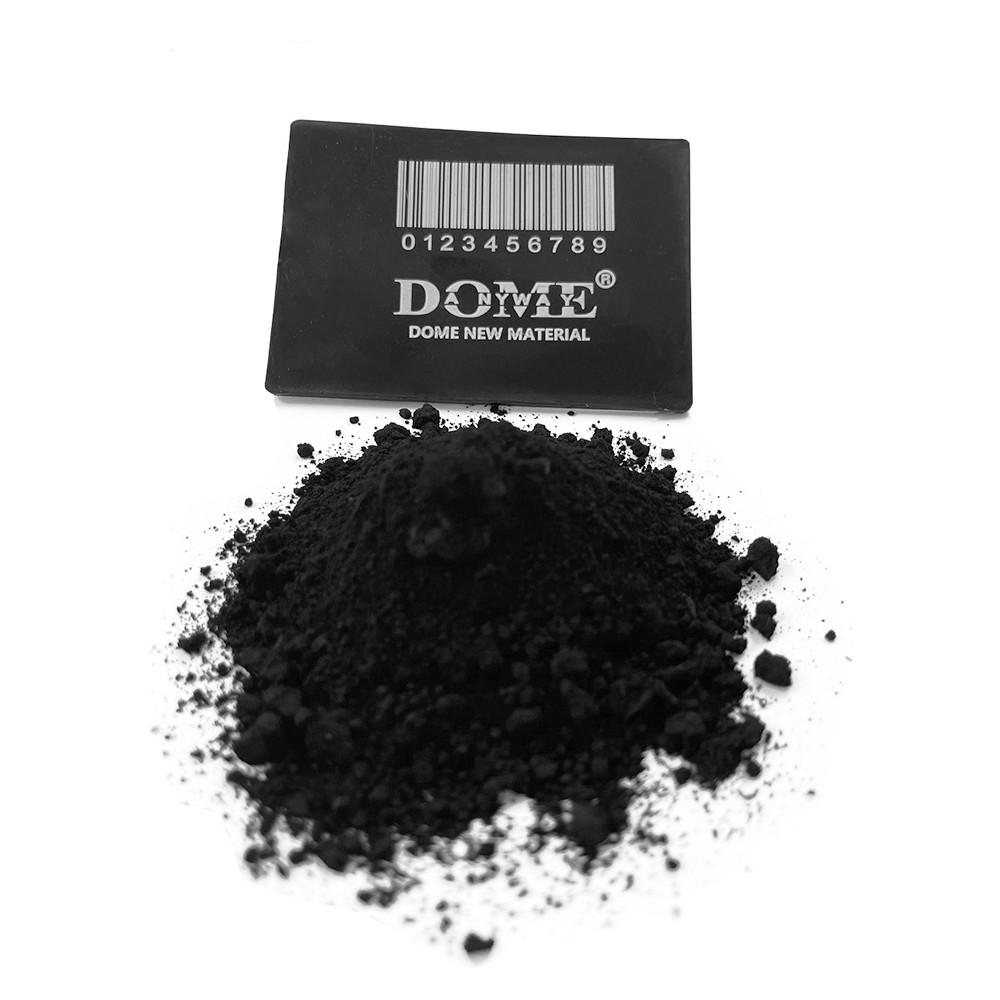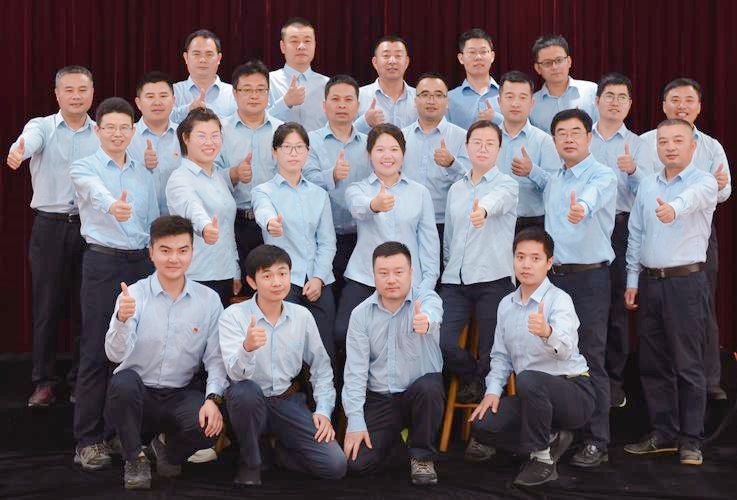In today’s era of increasing environmental awareness, industries across the globe are seeking sustainable development solutions. Laser marking additives, as an advanced technology, are driving a green revolution in the manufacturing sector. This essay explores the advantages of laser marking additives in terms of environmental protection, efficiency, and cost, as well as their significance in modern manufacturing.

Environmental Pioneer: A Pollution-Free Green Choice
The environmental benefits of laser marking additives are particularly noteworthy. First and foremost, this technology is free from pollution. Unlike traditional methods such as inkjet printing, laser marking does not generate harmful gases or liquid waste during the process, thus avoiding environmental contamination. This clean processing method makes laser marking a highly eco-friendly choice.
Furthermore, laser marking additives significantly reduce waste generation. Since the marking process does not involve the use of consumables like inks or chemical solvents, no waste is produced, thereby decreasing the need for waste management and alleviating environmental burdens. This aspect is crucial for promoting sustainable development.
In addition, laser marking additives are characterized by their energy-saving properties. Laser marking machines typically operate with low energy consumption while achieving high marking efficiency. This not only helps reduce energy use but also minimizes environmental impact. The non-contact processing method further avoids additional energy consumption caused by material wear and tear, underscoring its environmental advantages.

Efficiency Enhancement: A Rapid and Precise Production Tool
Laser marking additives excel in improving production efficiency. They enhance the material’s sensitivity to the laser, thereby accelerating the marking process and significantly boosting production speed. Compared to traditional mechanical marking methods, laser marking machines do not require physical contact with the product’s surface, reducing friction and wear during production and further enhancing efficiency.
Automation and integration are additional advantages of laser marking additives in improving efficiency. Laser marking machines can be seamlessly integrated into automated systems, enabling fast and continuous production processes. By connecting with assembly lines, the need for manual operations is minimized, and production efficiency is further elevated. Additionally, optimizing process parameters, such as adjusting power, speed, and frequency, can further enhance performance.
The application of multi-head engraving technology gives laser marking additives an edge in production efficiency. Multi-head laser marking machines can simultaneously engrave on multiple locations, significantly increasing marking speed and overall production output. Choosing suitable laser equipment and accessories, such as first-pulse-capable lasers and high-speed galvanometers, can also effectively improve marking efficiency.
Cost Advantages: A Wise Long-Term Investment
Although the initial investment in laser marking additives may be relatively high, their cost benefits become increasingly apparent over time. First, the high efficiency and precision of laser marking machines provide significant advantages in production speed and marking quality, helping businesses improve productivity and market competitiveness, thus increasing return on investment (ROI).
Second, laser marking additives do not require additional consumables, such as ink or solvents. This eliminates the need for regular purchases and replenishment of such materials, leading to significant cost savings over time. Additionally, laser marking reduces reliance on pre-printed labels or packaging materials, lowering inventory costs.
The maintenance requirements for laser marking machines are relatively low, reducing maintenance expenses and minimizing production downtime, which further decreases overall costs. The durable nature of laser markings also eliminates the need for frequent re-marking or re-labeling, saving costs associated with replacement materials and labor. Moreover, the versatility and flexibility of laser marking additives reduce the need for businesses to invest in multiple marking technologies for different materials, cutting equipment purchase, and maintenance expenses.
Conclusion: A Key Driver of Sustainable Development
With their environmental, efficiency, and cost advantages, laser marking additives are becoming a crucial technological choice in modern manufacturing. Not only do they enhance product marking quality and brand image, but they also facilitate recycling and resource reuse, driving the industry toward a greener, healthier, and more sustainable future. As technology continues to advance and applications expand, laser marking additives will play an increasingly vital role in the future of manufacturing. They are leading a green revolution, making significant contributions to achieving sustainable development.

